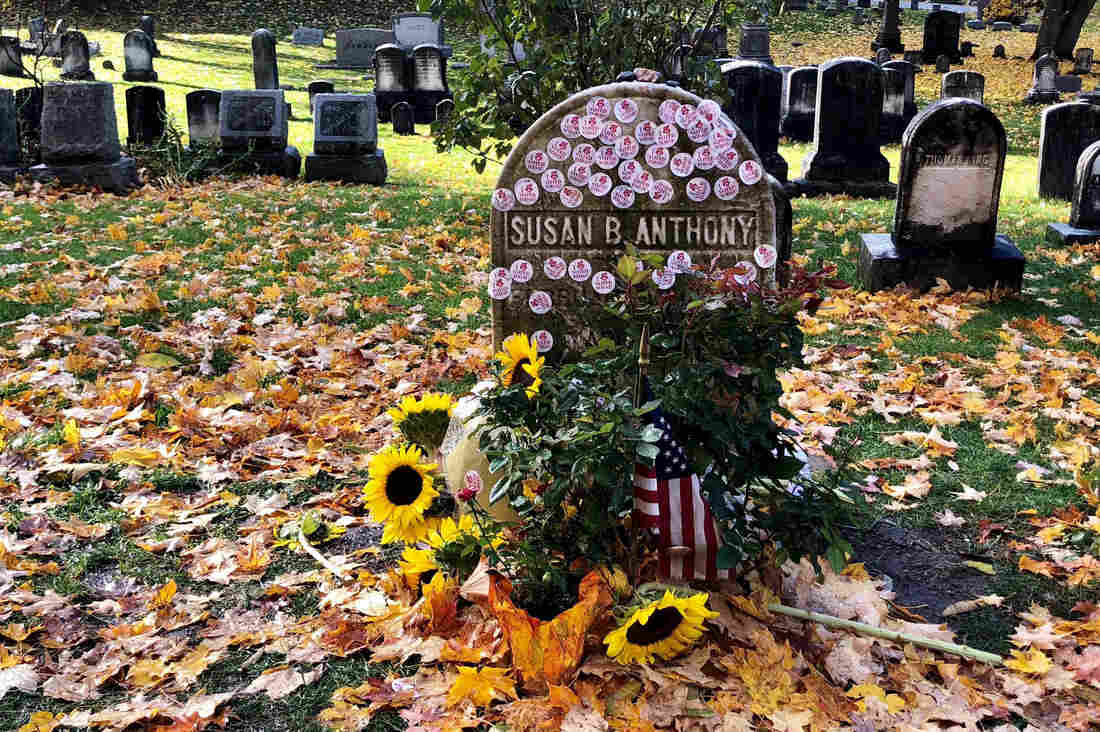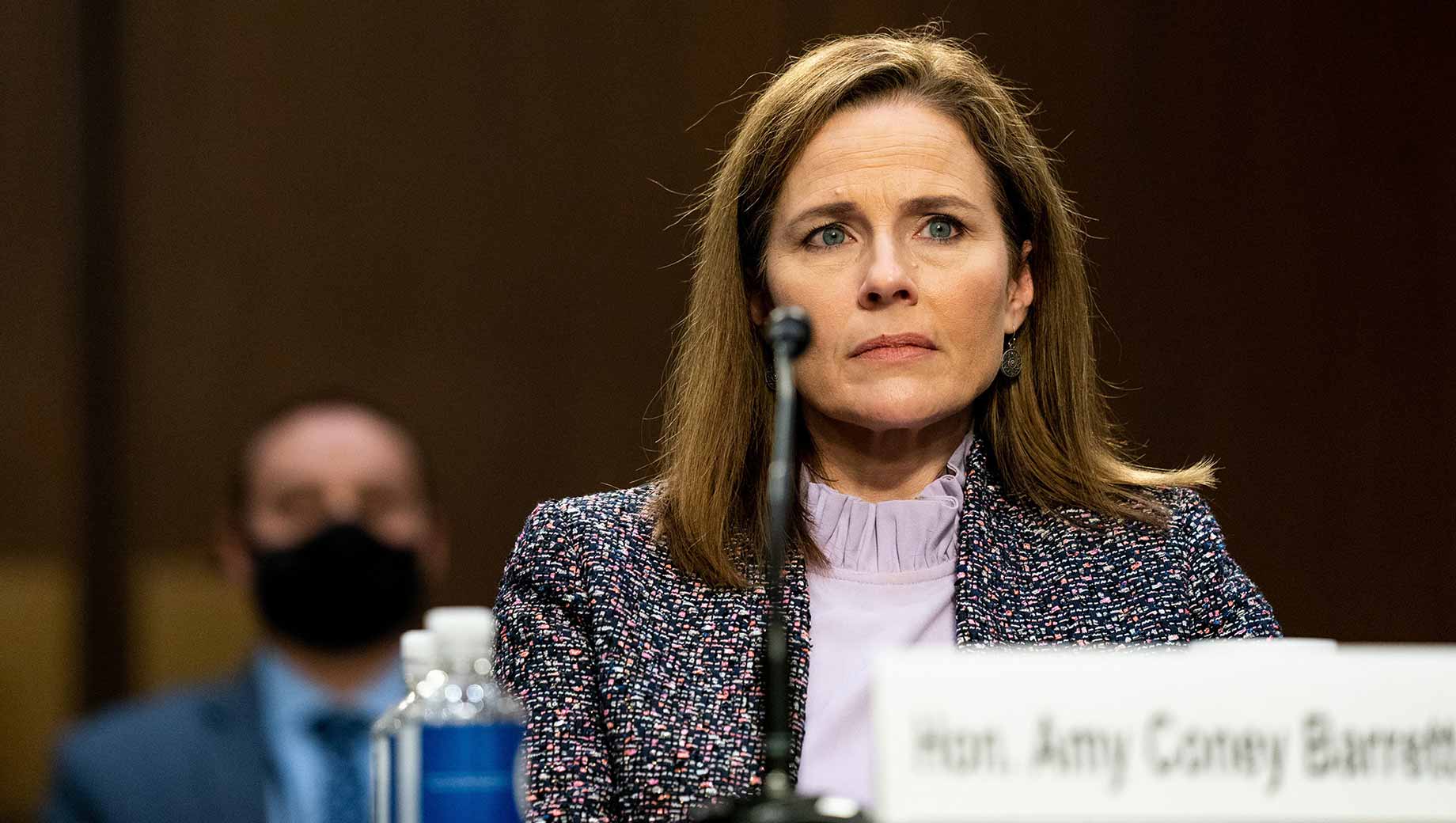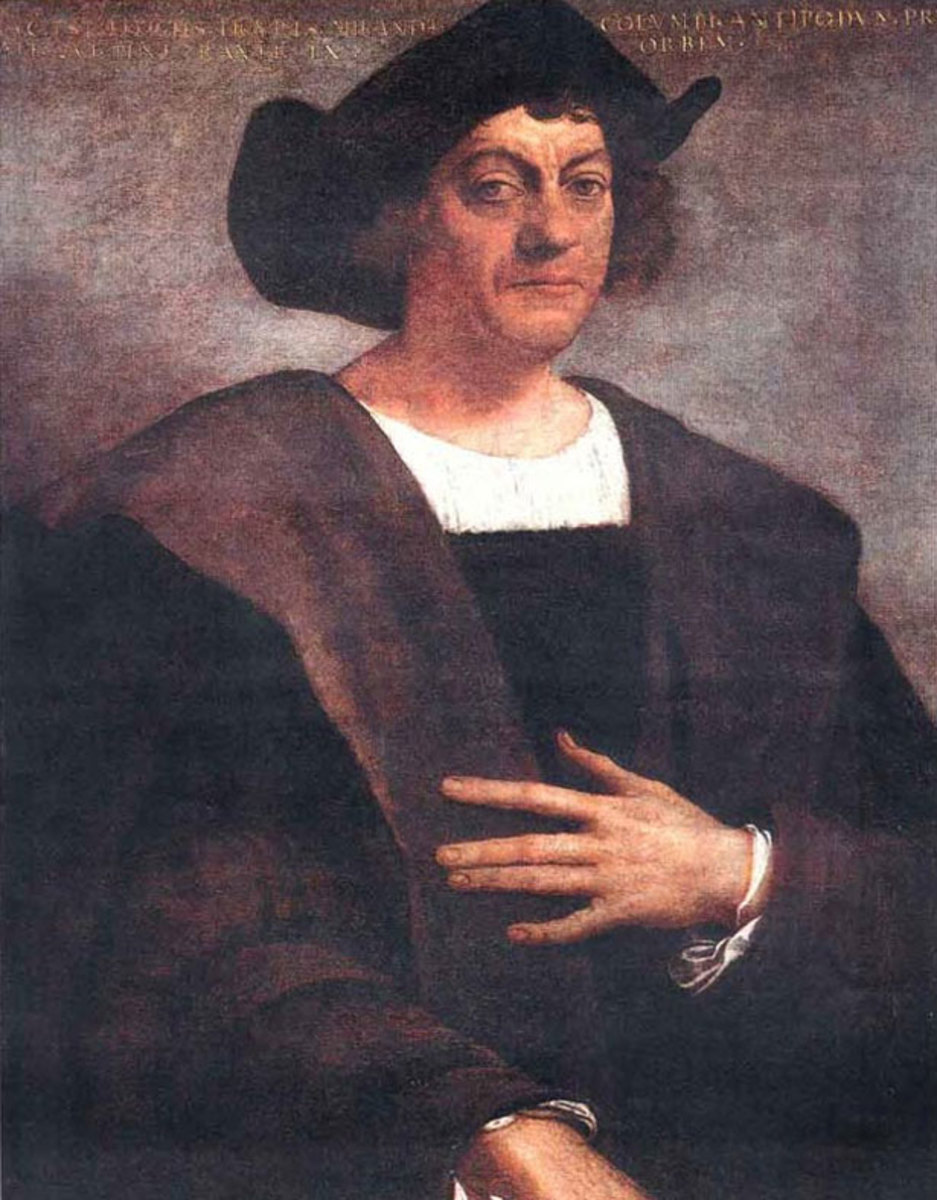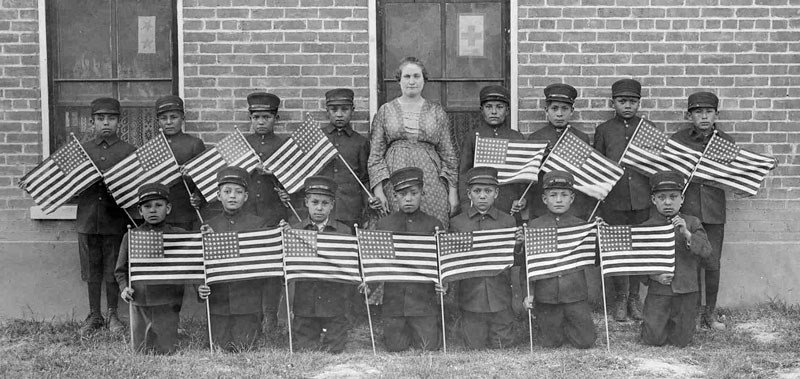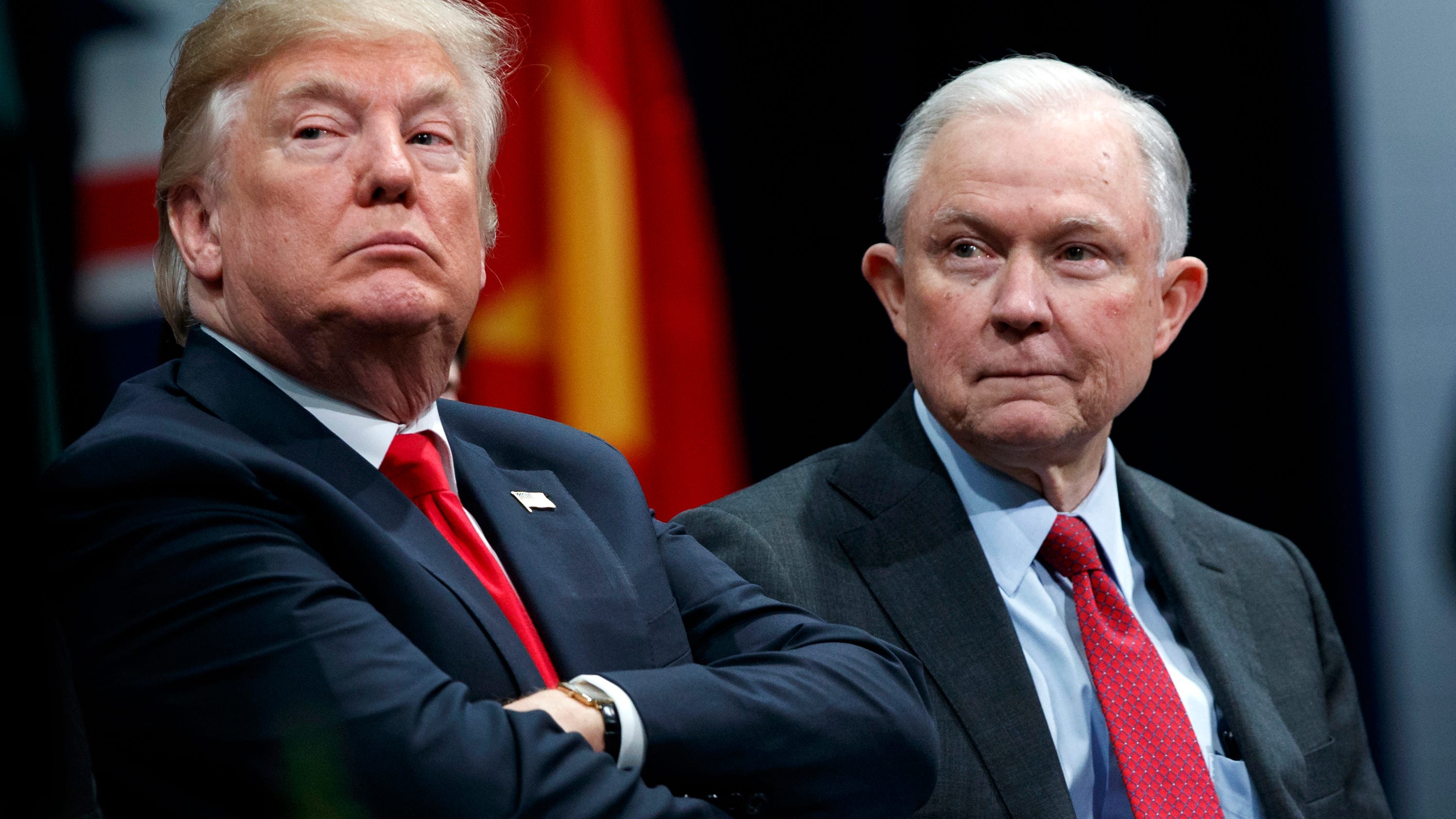Four years ago on Election Day I took my daughters to Rochester’s Mount Hope Cemetery. Among the local luminaries buried there was Susan B. Anthony, the famous champion of women’s rights. The cemetery was kept open late. We went to visit Anthony’s grave on the day I cast my ballot for what I fully expected would be America’s first woman president.
We were not alone. The cemetery was packed. We never made it to Anthony’s grave. The lines were too long. But we did stand in a crowd filled with women young and women old, who shared our sense that something momentous was going to happen that night. The atmosphere was hopeful, at times festive. With a woman succeeding the first African-American president, maybe it was possible to see another ceiling shattered, a change for the good.
I watched the coverage that night. I sensed early on that Hillary Clinton was going to lose. I could see the tension in James Carville’s face relatively early in the evening as he watched the returns coming in from Florida. That is when it dawned on me that it was over, and that sixty-two million Americans had voted for a monster whose only qualification was a puffed up financial resume, an infinite capacity for dishonesty, and a lethal ability to combine corruption, vindictiveness, racism and incompetence.
Over the past four years I have cut people out of my life who continue to support this monster. For each of his crimes they have had an excuse or a denial. At times I am disappointed in myself for doing this, but I no longer believe these individuals can be reasoned with. Why continue to bash my head against a wall? They are toxic people, and for my own health I have cut these toxins out. So much of the past four years has been toxic. So much rot. So much sickness.
As I write these words I think of a song by my favorite band, X, called “See How We Are.” We are not well.
I was never among those who thought of the policies pursued by Trump and his supporters as “Un-American.” From his fear and hatred of immigrants, his racism, his predatory behavior toward women, his greed, his avarice, and his civic illiteracy, he strikes me as a perfect representative of what this country has become, and in a large measure always has been. I know there are people committed to what many consider this nation’s ideals, but at times it feels like they lose more rounds than they win. My only hope is that there are enough sane people in a handful of states who will defy efforts to disfranchise them and vote to save what’s left of this tattered republic. Sometimes I worry that this election already has been stolen, that the republic cannot be saved.
The last four years have been hard. This year has been especially hard. Trump was not the sole cause of all of this. Or he was both a cause and a symptom. And the underlying causes of Trumpism, those American toxins, will remain in the body politic, even if he is somehow prevented from stealing this election. Look at the Republicans already maneuvering to run for President in 2024: Tom Cotton, Matt Gaetz, Ted Cruz, that vicious empty suit from Missouri and Crenshaw from the district where I briefly lived in Texas–they are no better than him.
I am not hopeful for the future. I do not believe that this country is an exceptional place. We contend with problems that other countries have addressed more successfully. Sometimes I do not believe I will be able to forgive those who continue to support this violent monster.
Vice-President Biden has called for a return to decency. Watching him on TV, I am willing to believe in his basic decency and kindness, even if I wish he took different stands on some of the issues that matter to me. I voted for him last Saturday. But I know he is just a guy, the candidate of a political party whose moderate leadership has failed to effectively counter the President’s tyranny. They continue to appeal to norms that long ago were torn asunder.
Trump’s regime–and I hope it lasts only one term–will have been a historic presidency. It has demonstrated how bad things can become when a significant number of the American people forfeit their civic responsibility to be informed, critical, and compassionate citizens. These have been painful years, but for the love of God do not tell me you were surprised by any of this. It is not just Trump. Tens of millions of Americans share in the guilt for what has happened over the past four years and, like Frank Bruni, I will never be able to look at this country the same way again.
Long ago Thomas Jefferson wrote a letter to Richard Price expressing his faith in the people. He said that “whenever the people are well-informed, they can be trusted with their own government; that, whenever things get so far wrong as to attract their notice, they may be relied on to set them to rights.” Maybe the election of 2020 will serve this purpose. Don’t bet on it. That the United States was founded on principles of liberty, justice, and equality has always been the biggest lie in American history. And the past four years have shown that the forces of racism, fascism, illiberality, callousness and corporate greed are not going anywhere. We will live with the illness for a long, long time. I am not certain we will ever recover, whatever the outcome of the election.

